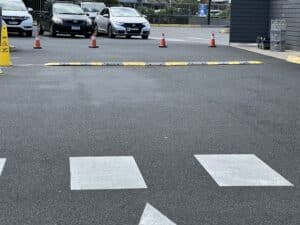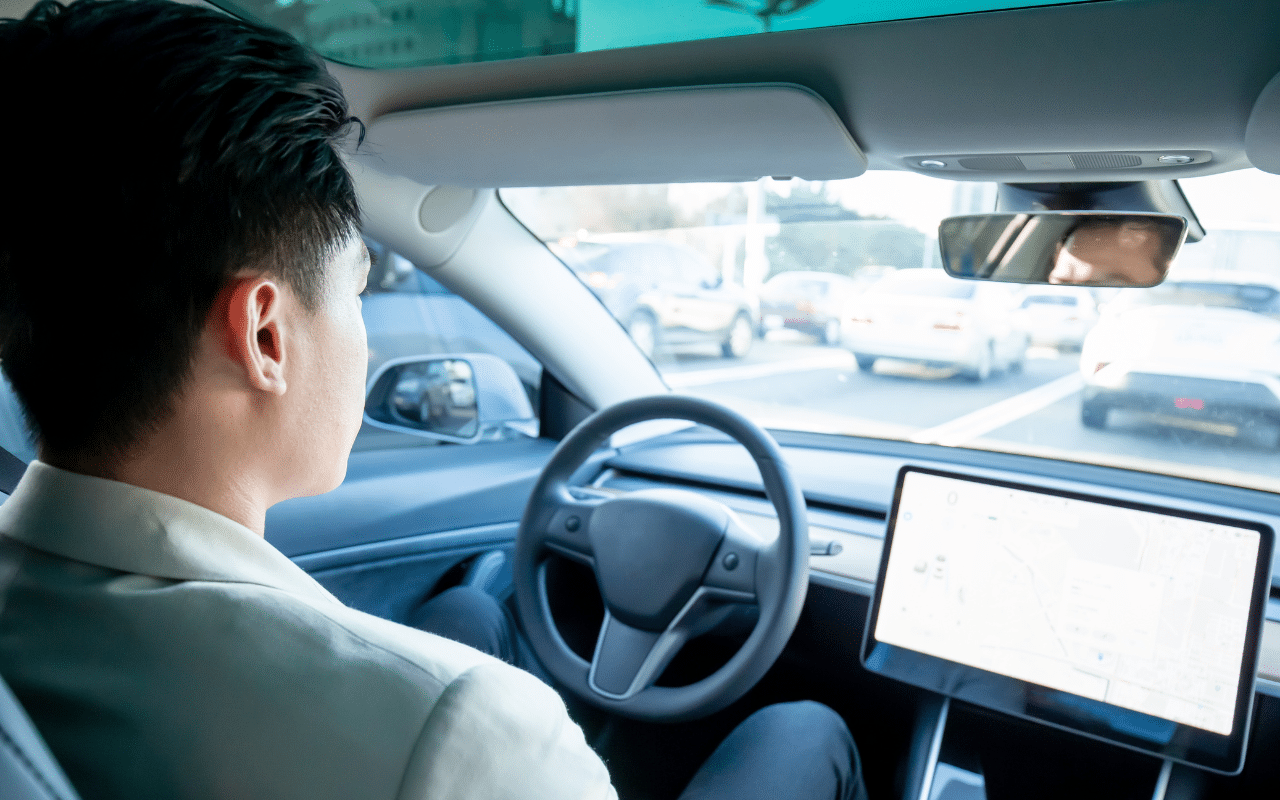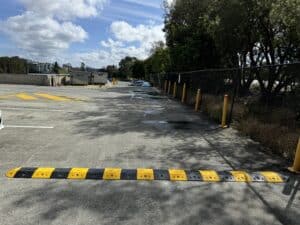

As autonomous vehicle (AV) technology continues to evolve, Australia is gearing up for a transportation revolution. With self-driving cars offering the potential for improved safety, reduced traffic congestion, and more efficient urban planning, many Australians are asking: what does the future of Self Driving Car in Australia look like? Let’s address some key questions and explore the developments in self-driving technology in Australia, including its legal status, availability, and ongoing trials.

Currently, fully autonomous self-driving cars still need to be approved for legal use on public roads in Australia. However, several Australian states have introduced regulations and permits for AV testing and trials. For instance, South Australia was the first state to pass legislation allowing autonomous vehicle testing in 2016, followed by New South Wales and Victoria.
The National Transport Commission (NTC) is working on creating a unified legal framework to guide the safe introduction of self-driving cars. The Commission has proposed legislation that would support the deployment of AVs while ensuring that liability and safety standards are adequately addressed. These laws will likely take shape over the next few years as the technology matures and more trials are conducted.

Full self-driving (FSD) technology, such as that of Tesla, has yet to be fully available or legal in Australia. While Tesla vehicles with FSD packages can operate with advanced driver-assistance features, they still require human oversight and are classified under Level 2 autonomy. In other words, the car can help the driver turn, speed up, and slow down, but the driver must still be involved and ready to take over at any time.
For Australia to allow FSD, significant progress must be made in technological performance and regulatory approval. The infrastructure for FSD-capable vehicles, such as AV-friendly signage and road systems, must also be enhanced to accommodate safe operation.
Australia has already started exploring self-driving trucks, particularly for the logistics and mining industries. Autonomous trucks are being tested and used in mining operations, where conditions are more controlled, such as in remote areas of Western Australia. Companies like Rio Tinto have successfully deployed autonomous haulage systems (AHS) to improve efficiency and safety in mining operations.
However, self-driving trucks are still in the experimental stage on public roads. Trials are ongoing in New South Wales, with some companies testing autonomous delivery vehicles for goods transport. Self-driving trucks have the potential to reshape Australia’s freight industry, providing continuous long-haul transportation without the need for driver rest breaks, ultimately reducing costs and increasing efficiency.

Level 3 autonomy, as defined by the SAE (Society of Automotive Engineers), refers to a self-driving vehicle that can operate autonomously under specific conditions but still requires human intervention when requested by the system. In Level 3, the car handles most driving tasks but may hand control back to the driver in complex or unpredictable situations.
Australia is making strides toward Level 3 autonomous driving. Mercedes-Benz is one of the manufacturers leading this effort and is working to bring Level 3 technology to Australian roads shortly. Regulatory approvals for Level 3 vehicles are still in progress. Still, this level of autonomy is expected to be available in the next few years as more trials are completed and regulations are updated to accommodate these systems.
Enhanced Safety and Reduced Accidents
Self Driving car in Australia promise to reduce road accidents caused by human error dramatically. Self-driving cars are equipped with sensors and AI-driven technologies that can detect obstacles, calculate risks, and respond to traffic conditions faster than a human driver. In Australia, regulators and road safety authorities must invest in upgrading infrastructure to support this technology.
Changes in Urban Planning and Infrastructure
Self-driving cars are expected to change the way cities are built and the infrastructure they use. Parking spaces may shrink in urban centres, as self-driving cars could pick up and drop off passengers rather than park. Roads and traffic systems need upgrades to ensure AVs can operate seamlessly with human-driven vehicles.
New Regulations and Legal Frameworks
Australia is currently developing new laws to accommodate the use of autonomous vehicles. These laws must address questions around liability, insurance, and data privacy. As self-driving cars become more common, expect more comprehensive policies around AV usage. The intersection of AVs with Electric Vehicles in Australia: The Future of Transport will be crucial in shaping these new regulations.
Impact on Employment and Industries
Introducing self-driving technology will affect jobs, especially in the transport industry. However, new opportunities will arise in AI development, data analysis, and vehicle maintenance.
Public Perception and Acceptance
Public trust in AVs will play a significant role in Australia’s adoption of self-driving cars. Government campaigns, successful pilot programs, and early success stories will help build this trust.

Complex Road Conditions
Australia’s diverse terrain presents challenges for AV systems. Self-driving cars must be able to navigate not only city streets but also outback roads, wildlife crossings, and weather variations.
Data and Cybersecurity
Ensuring data security will be critical for AVs. Autonomous vehicles rely on large volumes of data, and protecting that data from cyber-attacks will be essential to ensuring the safety of AV passengers.
Cost and Accessibility
As with any new technology, the initial cost of self-driving cars may be prohibitive. However, costs are expected to fall as the technology becomes more mainstream.
The future of self-driving cars in Australia is full of promise, though challenges remain. With ongoing trials, infrastructure upgrades, and new regulations in development, Australia is poised to become a significant player in the autonomous vehicle revolution. While we are not yet at the stage of full self-driving cars on every road, the groundwork is being laid for an exciting future of intelligent transportation. The transition to autonomous vehicles will take time, but the journey has already begun.



For 10 years, our focus has been on one thing: to provide one style of product and to do it well.
Our wheel stops, speed humps and rumble bars meet Australian Standards, don’t fade, and we’ve never needed to replace one.

For 10 years, our focus has been on one thing: to provide one style of product and to do it well.
Our wheel stops, speed humps and rumble bars meet Australian Standards, don’t fade, and we’ve never needed to replace one.